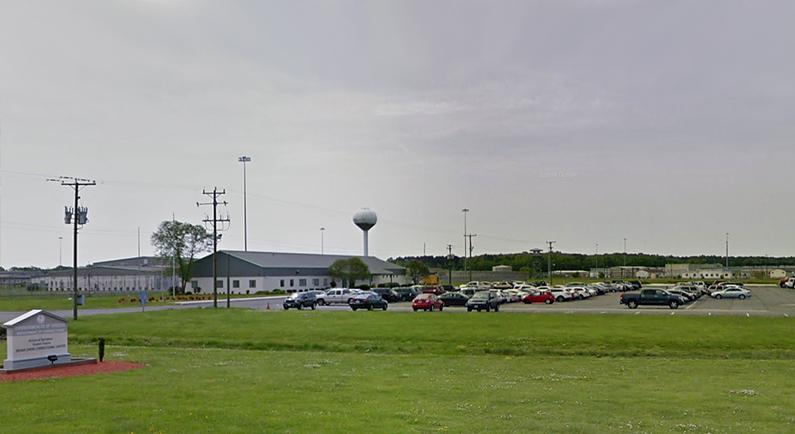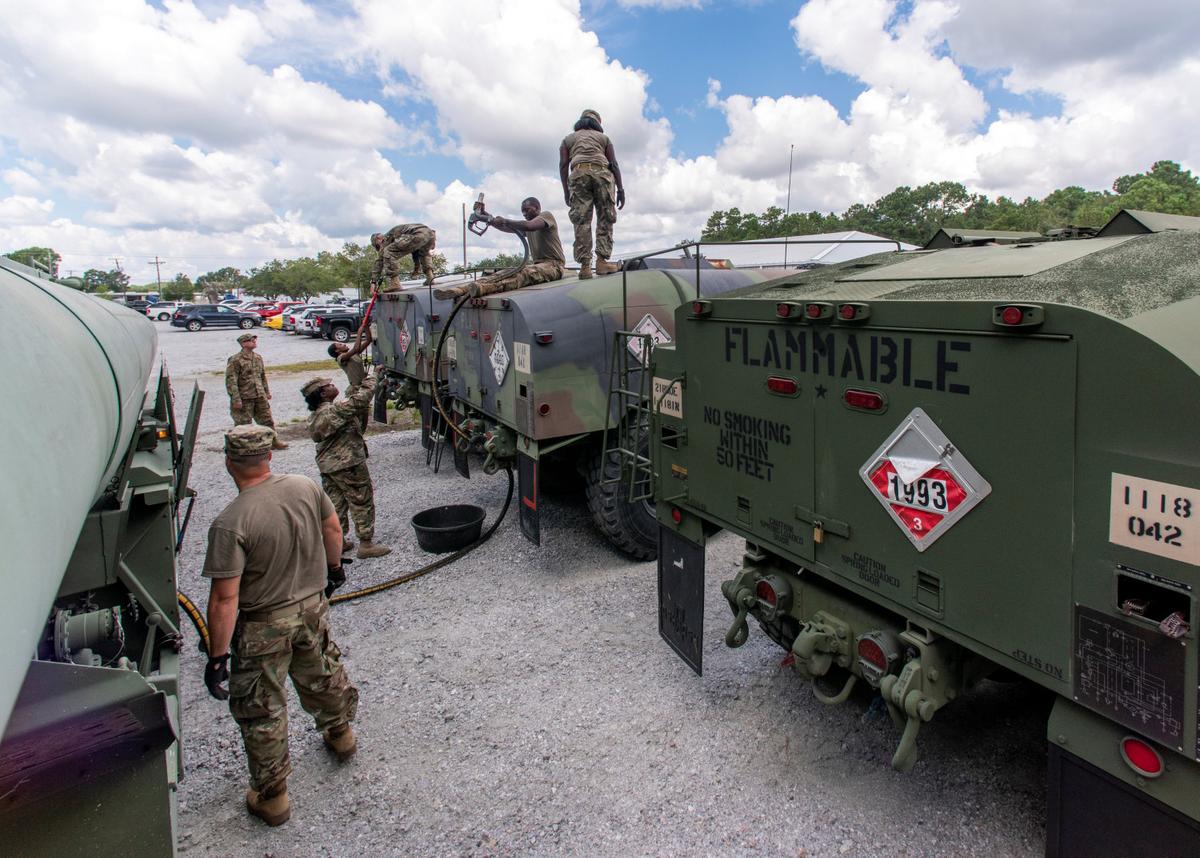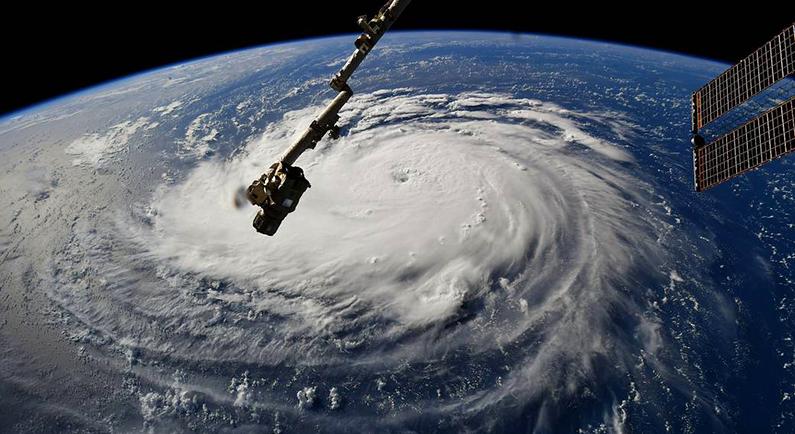A prison in Virginia has relocated some 1,000 inmates from a prison about 5 miles from the coast as Hurricane Florence bears down with 140-mph winds.
Inmates from Virginia’s Indian Creek Correctional Center in Chesapeake were evacuated on the night of Sept. 10 in accordance with statewide evacuation orders issued by the state’s governor.
Gov. Ralph Northam ordered about 245,000 residents in the lowest lying coastal areas, including the Eastern Shore and Hampton Roads, to evacuate as of 8 a.m. on Sept. 11, according to NTD.

Prison visitation was also canceled statewide for the upcoming weekend.
According to the Richmond Times-Dispatch, the prisoners were relocated to Greensville Correctional Center, in Jarratt. Greensville is the state’s largest prison.
States of Emergency
Northam declared a statewide state of emergency as Florence continued to advance and grow in strength, NTD reported. “This is a serious storm and it’s going to affect the entire state of Virginia.”Northam was not alone in taking the approaching storm seriously.
Bowser joined the governors of Maryland and North Carolina and South Carolina, as well as Northam, in deciding that Florence, with its high winds, heavy rain, and high projected storms surge, could wreak havoc in coastal communities.

According to the U.S. National Hurricane Center (NHC), Florence has maximum sustained winds approaching 130 mph.
At 11 a.m. Tuesday, Florence was centered about 905 miles east-southeast of Cape Fear, North Carolina, and moving west-northwest at 16 mph. Its center will move between Bermuda and the Bahamas on Tuesday and Wednesday, then approach the coast of South Carolina or North Carolina, according to AP.

Power Plant Not in Peril
One worry caused by the projected path of Florence is that the storm could quite possibly hit with its full force directly on the Brunswick Nuclear Generating Station power plant located on North Carolina’s southern coast.“The nominal plant grade results in 2 feet of water depth surrounding the plant during maximum surge conditions, and all of the safety-related structures are waterproofed to an elevation of 22 feet,” the report said.
The Brunswick power plant has survived several other hurricanes. In 2016 Hurricane Matthew hit the Caribbean islands as a Category 5 storm, then weakened as it worked its way north.
Florence might hit harder than Matthew did, but power plant officials are confident the power plant will be a reliable source of electricity for the surrounding areas no matter what the weather does.





Friends Read Free